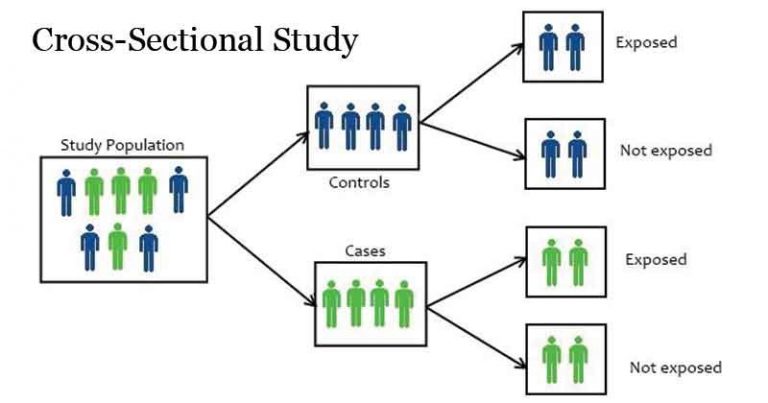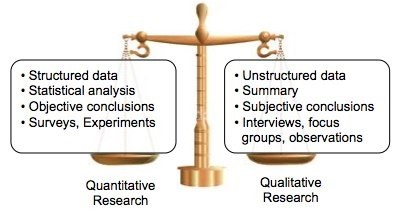Policy Briefing Examples
Policy briefs summarize the main points of a new law, regulation, or public health initiative. Policy briefings are not intended to be comprehensive explanations of everything there is to know about a particular issue. They are succinct summaries that can help readers understand what they need to know without reading too much. Policy briefs should be short and concise.
This article will give an example of a policy brief and good practices for writing good policy briefings.
What is the Definition of Policy Brief?
A policy brief is a short, concise report providing information about an issue as quickly as possible.
Example of Policy Brief
Policy Brief -By Karen Hoss April 11, 2018
Briefing for Stricter Regulations on Firearm Purchases by Us Citizens
This briefing will give an overview of firearm policies across the United States and provide a brief analysis of how current laws might be reformed.
Introduction
In the US, citizens can purchase a wide range of firearms. Due to the Constitution’s Second Amendment, citizens have a right to bear arms, and there is no universal system for background checks. The federal government has taken steps towards any national gun control system, but special interest groups have thwarted those efforts.
The National Rifle Association (NRA), which promotes civilian possession and use of firearms as a matter of public safety and as bestowing an individual right that “shall not be infringed,” has been successful in defeating attempts at gun control legislation at the federal level as well as in influencing state legislation. They have lobbied against federal and state gun control measures, funded political campaigns of politicians who are opposed to
In Brief
- There are two main types of firearms, handguns and shotguns.
- “Gun control” is the term used when referring to laws or policies that regulate how firearms are made, sold, or owned in the United States.
- “Gun violence” is a term used to describe acts involving firearms that result in injury or death to victims or damage to property. This can include assaults, homicides/murders, suicides, accidents, etc.
- “Gun control advocate” is someone who advocates stricter gun laws and regulation for civilian possession or use of firearms in order to reduce crime rates, prevent injury/deaths, etc.
- The NRA is a nonprofit organization that promotes responsible firearms for hunting, self-defense, shooting sports/competitions, etc.
- The NRA has opposed gun control measures at the federal and state levels, lobbied favor pro-gun legislation, etc.
The NRA has been successful in defeating attempts at gun control legislation by lobbying against, influencing state legislation, and funding the campaigns of pro-gun politicians. They have promoted hunting, self-defense, shooting sports/competitions.
The federal government has tried to create a universal system for background checks but has been met with opposition by special interest groups.
Analysis of How Current Laws Might Change
The National Firearms Act of 1934 required firearms dealers to register all transactions involving machine guns or short rifles/shotguns with the Secretary of Treasury. It also required that machine guns be registered and taxed.
The NRA would most likely oppose stricter regulations on firearm purchases as they promote responsible use of firearms for hunting, self-defense, shooting sports/competitions, etc. They would also most likely oppose any new universal system or federal licensing of firearms.
“Gun control” advocates would like to see stricter regulations on firearm purchases in the US with background checks as well as policies for safe storage. They might want a universal system or federal licensing. “Gun control” advocates would like to see stricter regulations on firearm purchases as well as policies for safe storage and background checks.
Conclusion
The Second Amendment of the United States Constitution states: “A well-regulated Militia, being necessary to the security of a Free State, the right of people to keep and bear Arms, shall not be infringed.”
The NRA proposes policies that focus on safe storage and responsible use of firearms for hunting/self-defense and opposing any new universal system or federal licensing for firearm purchases. They also want to have more laws regarding gun safety.
“Gun control” advocates do not want to “take away guns from everyone” but instead have a system where it is more difficult for dangerous people to access them and that there are stricter controls on how they are sold, who can purchase them, etc.
Writing Policy Briefs
Identifying the Issue or Problem and its Scope
Policy briefings focus on a narrow, specific issue or problem. Policy writing begins by identifying the issue at hand and its scope. The briefing should also identify those affected by the policy as well as those who will implement it.
Identify those who will be impacted. Ensure that you fully understand how a given policy will play out and what people need to do to make it work.
Recognizing the Impacts of the Problem or Issue on Stakeholders
Identify what impact this has on different groups of stakeholders. It is also essential that policy writers not assume that every reader is well educated about an issue. Identifying how specific policies will affect an audience is a valuable approach.
Understanding the Cause of the Problem and Where It Originates
Some policy briefs only briefly mention what causes a problem. Others dig deeper into identifying its root causes.
Please do your research; identify the current issue and where it originates. Then focus on addressing how it can be resolved. In some cases, this might mean addressing whether or not the problem can be fixed at all.
Proposing Solutions and Creating Policy to Solve the Identified Issue
Provide your proposed solution once your research has identified the issue, its scope, and possible causes. Identify the goals in providing a potential fix for this specific issue.
The audience should understand what your goals are and why you have chosen a particular course of action. Define terms as you use them.
Including Additional Information That Supports Your Argument
Include additional materials such as clear maps, charts, graphs, or other data supporting arguments in the paper.
What is the Structure of a Policy Brief?
An effective policy brief structure should contain the following main sections:
Title
The title of your policy brief should include the topic, the problem or issue at hand, and the policy recommendations you are making.
Introduction
The introduction should explain the problem or issue at hand, its scope in terms of time and space, and how it affects different people. If you are writing about a contentious issue, take care to acknowledge both sides of the debate and explain why they hold their positions.
Main Body
The middle section should explain what can be done to address the problem or issue at hand. Any limitations to existing solutions are discussed, and any positive or negative effects that these proposed solutions will have.
Conclusion / Summary
Further recommendations could be made in the conclusion section of the research paper and any limitations to those recommendations.
Facts and data should support the research findings.
Include a reference list at the end of the policy brief to support your claims.


How Long Should a Policy Brief Be?
The length of the policy brief depends on what you want to say and how much information is available to support your arguments. Standard policy briefs fall between 300 and 1,500 words, one or two pages. A research paper of this type usually takes between three and six pages.


I‘m a freelance content and SEO writer with a passion for finding the perfect combination of words to capture attention and express a message. I create catchy, SEO-friendly content for websites, blogs, articles, and social media. My experience spans many industries, including health and wellness, technology, education, business, and lifestyle. My clients appreciate my ability to craft compelling stories that engage their target audience, but also help to improve their website’s search engine rankings. I’m also an avid learner and stay up to date on the latest SEO trends. I enjoy exploring new places and reading up on the latest marketing and SEO strategies in my free time.






